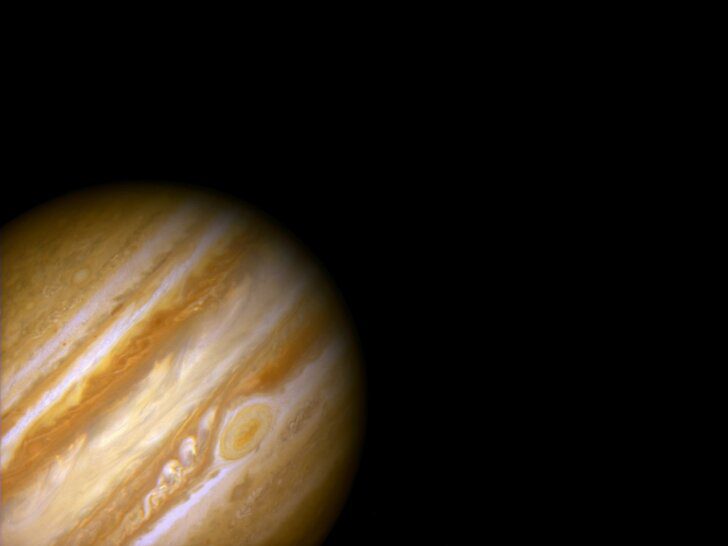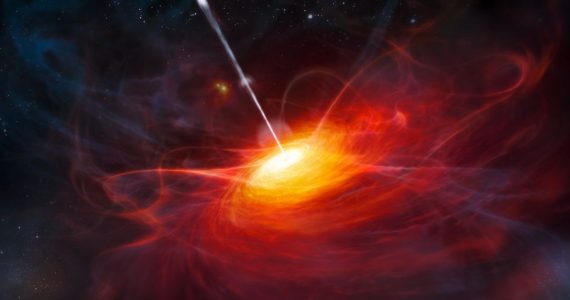Thousands of lightyears away, in the Sagittarius constellation, a planet similar to Jupiter orbits a white dwarf which is a dim and dense star, which scientists believe was once very similar to our sun. Observing the movements of this star has dropped hints about the future of our solar system.
That might seem like a scenario out of a sci-fi movie, but interestingly enough, it’s quite real. At least that’s what scientists believe!

The backdrop
Back in 2010, after the white dwarf had passed in front of another star much further away, its gravity bent the light rays of that distant star such that they converged on Earth, making it look a hundred times brighter. Similarly, the Jupiter-like planet that was orbiting the white dwarf microlensed the faraway star’s light, which further revealed the presence of the planet.
Throughout 2015, 2016, and 2018, Joshua Blackman (astrophysicist) and his colleagues at the University of Tasmania in Australia, positioned the Hawaii-based Keck II telescope at this far-off “supposed” system that lay about five thousand to eight thousand light-years from the Earth. The team expected to catch a glimpse of the enormous planet’s star but saw absolutely nothing.

How the star came to be
Joshua Blackman shared that the team was expecting to see a star similar to the sun, however, they saw nothing at all. This is why they spent a significant number of years trying to figure out why they couldn’t see the star they were expecting to see.
After the team failed to detect any light and light source from the spot, they concluded that the object they were looking for wasn’t the usual star like the sun. It was assumed that this object was a main-sequence star that generates energy in its center by converting hydrogen to helium.
The data received from microlensing indicated that the star was something much fainter because it was half the size of the sum and wasn’t big enough to be classified as a neutron star or a black hole. Thus a white dwarf star fitted the profile.
The discovery of this planet
Astronomer at UCLA, Ben Zuckerman, explained that there are only a handful of planets that have ever been found orbiting around white dwarfs. In this case, the planet orbiting it is the first of its kind and is similar to Jupiter in terms of distance from its star and mass.
Joshua Blackman along with his team have estimated the planet to be almost twice as massive as Jupiter, and believe that it lies about two times farther from its white dwarf star than the distance between the Earth and the sun. Reports have revealed that the white dwarf star is much larger than Earth, but this also implies that the host star is much smaller than the planet.

How does this affect us?
It has been estimated that 7.8 billion years from now, the Earth will also become a white dwarf. This means that it will engulf and destroy planets closest to itself, like Mercury and probably Venus.
Planets like Mars and Jupiter that are stationed much farther away will survive. However, no one knows what will happen for sure, or even, what will be the exact fate of the Earth.




